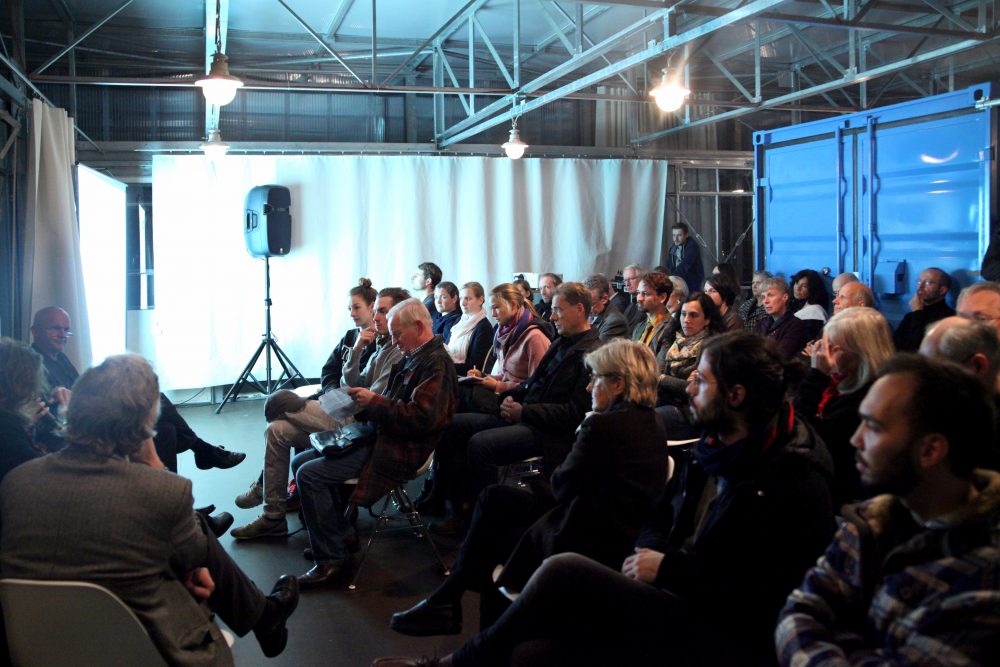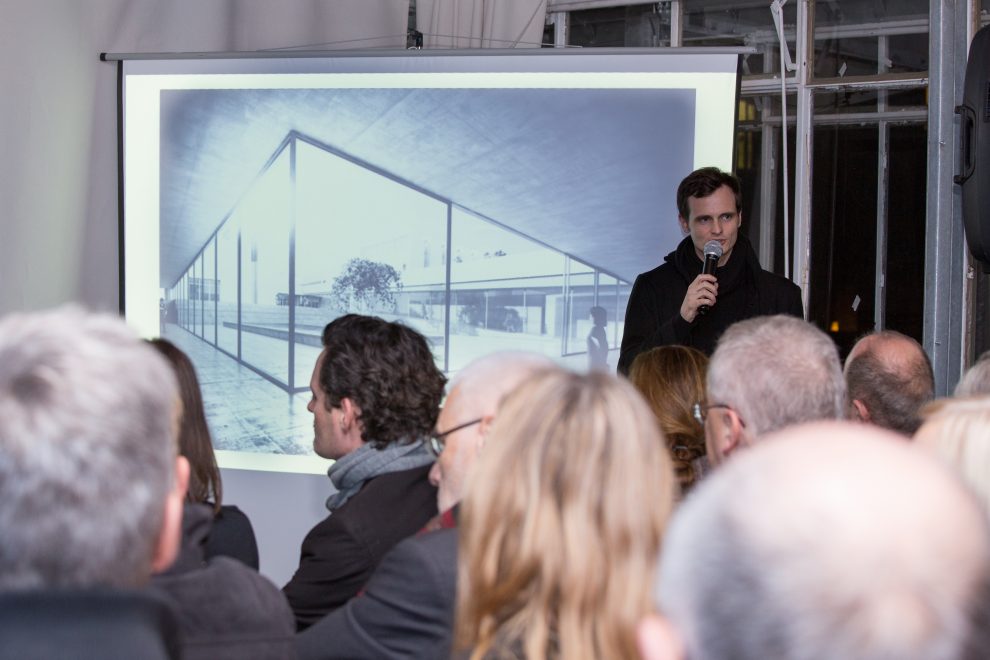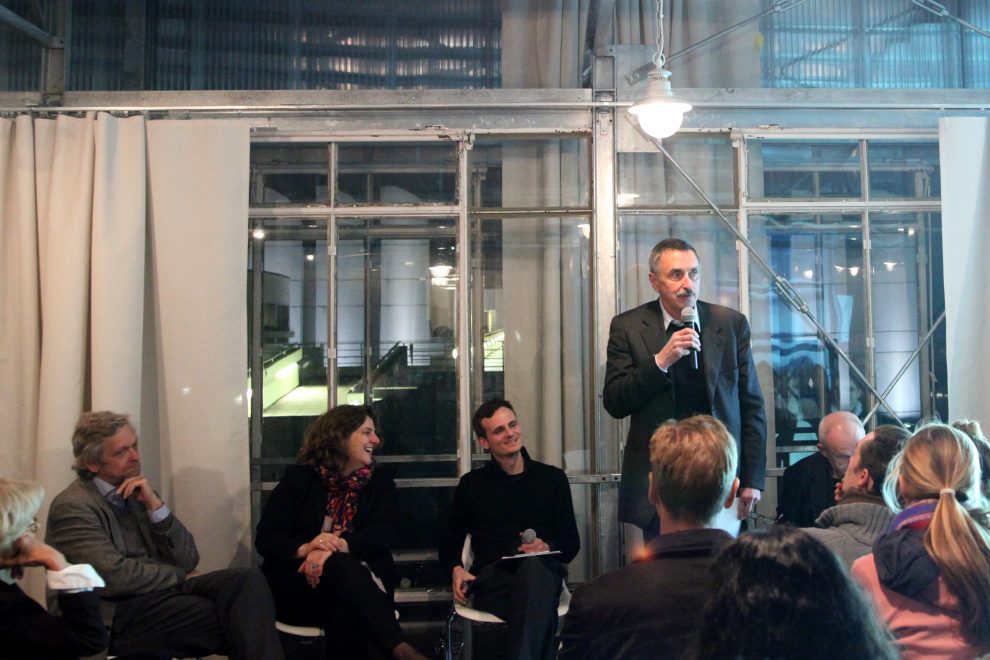Die Qualität der Stadt – DQDS 2015

© zukunftsgeraeusche
Das Gebaute, das Darin und das Dazwischen – Stadtentwicklung und Lebensqualität
Die Gesprächsreihe in Kooperation mit zukunftsgeraeusche befasste sich mit Fragen nach der Qualität von Metropolen am Beispiel Berlins. Was sind städtische Qualitäten, wie lassen sie sich erschaffen oder erhalten? Die Stadt ist nicht nur das Gebaute, sondern auch die Qualität ihrer Lebensräume und Angebote. Mit Experten und Publikum diskutierten wir über Kulturräume, temporäre Strukturen, Wohnformen und das Zusammenleben in der Stadt.
Neben der Qualität des Gebauten, entsteht Lebenswertes in dessen Angeboten, im Darin und Dazwischen. In der Struktur, Vielfalt, Miteinander, und durch die Inhalte, die es wiederum zu gestalten gilt. Die gute Stadt ist eine ausgewogene Kombination aus „Hard-Facts“ und „Soft-Facts“ die ihre Qualität bestimmen.
Die Veranstaltung griff die aktuelle Debatte, beherrscht von der Quantität des Wohnens, auf, die nicht nur in Berlin geführt wird. Überall geht es um den Mangel an bezahlbarem Wohnraum, Verdrängung, Segregation, Existenzdruck. Das Problem der Stadt. Für Berlin bedeutet dies verkürzt: massiv neuer Wohnungsbau. Doch das sagt noch nicht viel darüber, ob mit dem Wohnungsbau auch qualitätsvolle Lebensräume einhergehen, die aktuelle Probleme kompensieren oder, ob diese bloß in einer größeren baulichen Masse und Einwohnerzahl mitwachsen.
In der Diskussion ging es um die Definition städtischer Qualitäten und wie sie sich erschaffen oder erhalten lassen, trotz dem alles beherrschenden ökonomischen Druck und damit verbundenen anderen gesellschaftlichen Herausforderungen wie Migration, Demografie oder Umweltschutz. Thematisiert wurden qualitative Entscheidungen auf Grundlage von menschlichen Werten wie die gute Stadt als gebauter Lebensraum, der akute Probleme nicht nur kompensiert, sondern dabei allen Bewohnern auch gleichsam erwünschte Perspektiven eröffnet.
Im Dialog mit Podiumsgästen und Publikum befragten die Veranstaltungen im Herbst 2015 städtische Qualitäten in der Beziehung von gebauter Umwelt und Bewohnern mit Blick auf regionale und internationale Beispiele.





